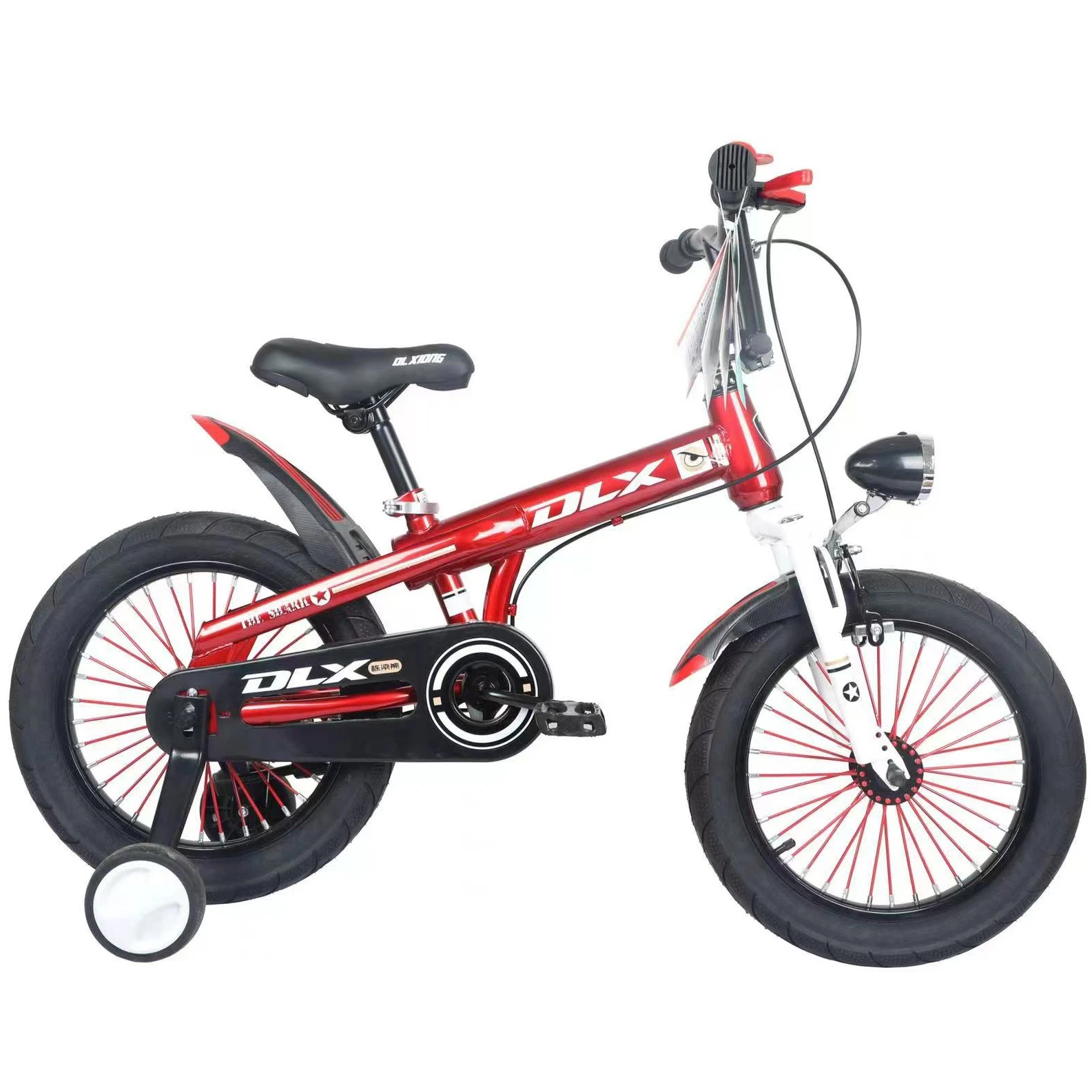average mountain bike dimensions
Understanding Average Mountain Bike Dimensions
Mountain biking is an exhilarating outdoor activity that not only challenges the rider but also connects them with nature. Choosing the right mountain bike is crucial for both performance and comfort, and understanding the average dimensions of mountain bikes can significantly aid in making an informed decision. In this article, we will explore the average mountain bike dimensions, including frame size, wheel size, and other pertinent measurements that influence the riding experience.
Frame Size
The frame size of a mountain bike is one of the most important factors to consider. It determines how well the bike fits the rider, thus affecting handling, stability, and comfort. Most manufacturers categorize frame sizes as small, medium, large, and extra-large (S, M, L, XL), corresponding to the rider’s height. On average, frame sizes can be measured as follows
- Small (S) 15–16 inches (38–41 cm) for riders between 5’0” and 5’4” (152–163 cm) - Medium (M) 17–18 inches (43–46 cm) for riders between 5’5” and 5’9” (165–175 cm) - Large (L) 19–20 inches (48–51 cm) for riders between 5’10” and 6’1” (178–185 cm) - Extra-Large (XL) 21–23 inches (53–58 cm) for riders above 6’2” (188 cm)
It is worth noting that while these are average measurements, it’s always best to consult specific manufacturer sizing charts, as they can vary.
Wheel Size
Wheel size is another critical dimension in mountain biking. The most common wheel sizes for mountain bikes are 26”, 27.5” (often referred to as 650B), and 29”. Each size offers distinct advantages
- 26-inch wheels These were once the standard size for mountain bikes and are known for their agility and responsiveness. However, they have become less common in recent years due to advances in larger wheel technology. - 27.5-inch wheels This size represents a compromise between the agility of 26-inch wheels and the rolling efficiency of 29-inch wheels. They provide a balance between speed and maneuverability, making them suitable for various terrains. - 29-inch wheels Offering better rolling efficiency and stability, 29-inch wheels excel at maintaining speed over rough terrain. They are favored for cross-country and trail riding, although they can be less maneuverable on tight trails.
average mountain bike dimensions

Top Tube and Standover Height
Two additional dimensions to consider are the top tube length and standover height. The top tube is the horizontal bar of the bike frame and determines your reach. An average top tube length may range from 20 inches (51 cm) for a small frame and go up to 25 inches (64 cm) for an extra-large frame. Proper reach helps ensure that the rider can comfortably control the bike without straining.
Standover height is the vertical distance from the ground to the top of the top tube. It is crucial for dismounting or stopping quickly. Ideally, there should be a few inches of clearance between the rider’s inseam and the top tube while standing over the bike. A general rule of thumb is to have about 1–2 inches (2.5–5 cm) of clearance for mountain bikes.
Handlebar Width and Seat Height
Handlebar width typically ranges from 720 mm to 800 mm, affecting control and stability during rides. Wider handlebars offer better control on descents, while narrower ones can be more aerodynamic for cross-country racing.
Seat height is adjustable and varies based on the rider’s preferences and leg length but generally falls between 28 to 35 inches (71–89 cm) from the ground, depending on the frame size.
Conclusion
Understanding average mountain bike dimensions is essential for selecting the right bike for your needs. From frame size to wheel size, every measurement plays a role in influencing how well the bike fits and performs. When considering a mountain bike, it’s crucial to take into account your body dimensions, riding style, and the type of terrain you plan to tackle. With the right fit and specifications, you can enhance your biking experience, ensuring comfort, control, and enjoyment on the trails. Happy riding!
-
Three-Wheel Light-Up Scooter Benefits for KidsNewsJul.11,2025
-
The Importance of Helmet Safety When Using a Kids ScooterNewsJul.11,2025
-
Nurturing Early Mobility with an Infant ScooterNewsJul.11,2025
-
How to Choose the Safest Tricycle for KidsNewsJul.11,2025
-
Fixing a Squeaky Baby Push Tricycle in MinutesNewsJul.11,2025
-
Cleaning and Maintaining a Tricycle for Big KidNewsJul.11,2025
-
Unleash Fun and Safety with Our Premium Kids Scooter CollectionNewsJun.06,2025








